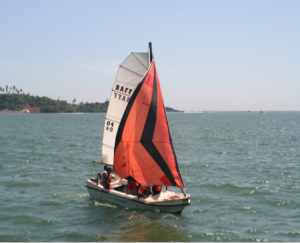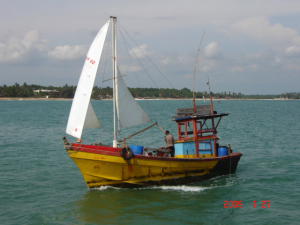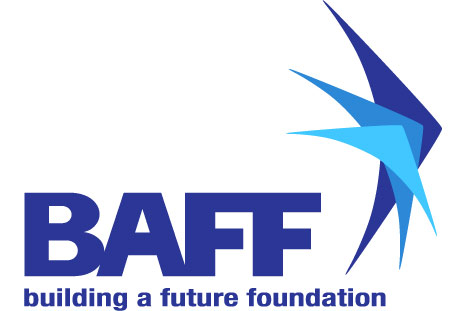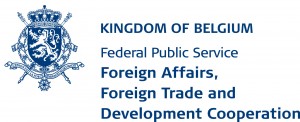Sashimi Project
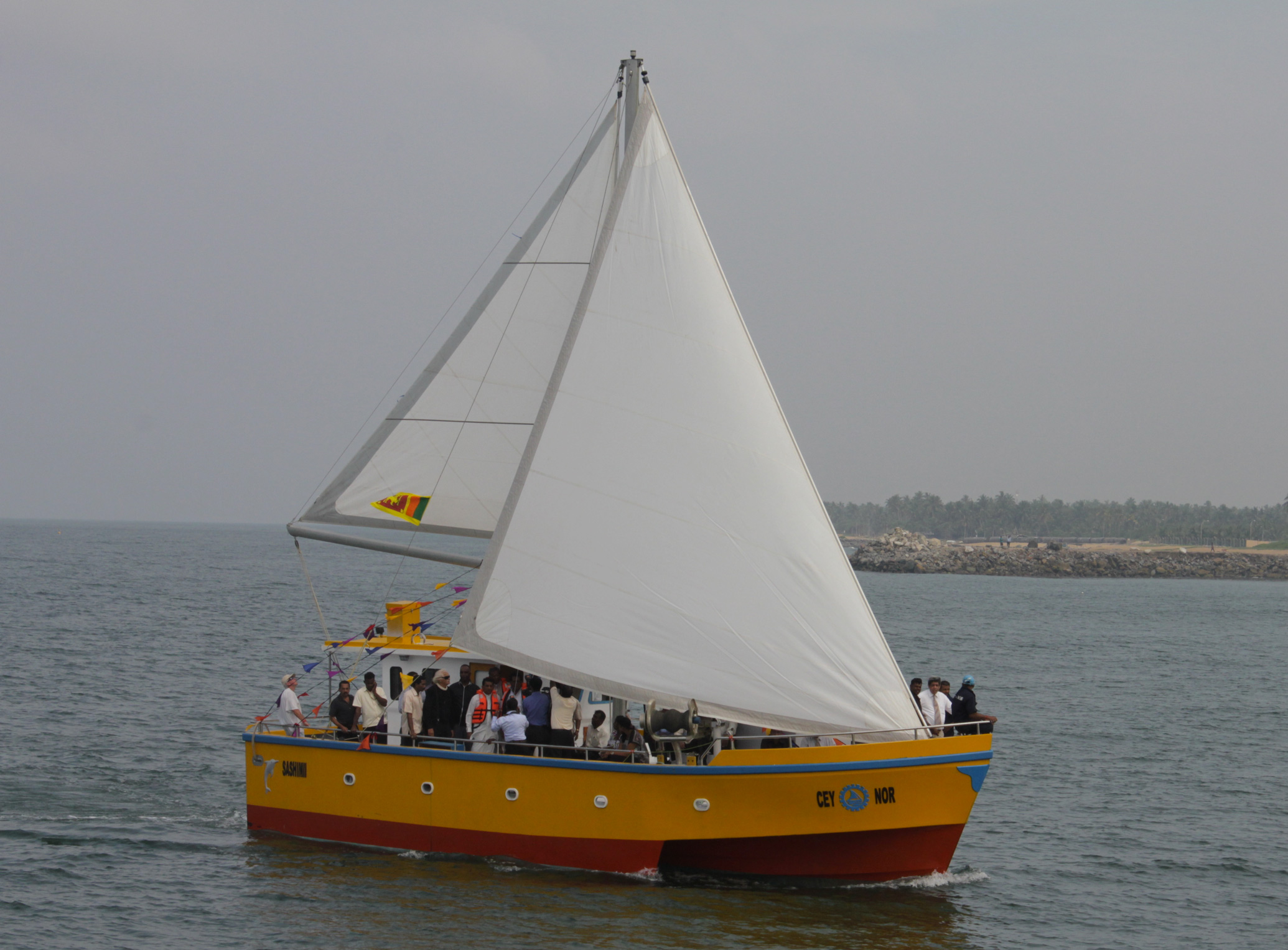
In Sri Lanka, the fisheries sector contributes around 70% of the animal protein consumed in the country. The fishing industry provides direct employment to 650 000 persons: 150 000 fishing, 100 000 associated service activities, 400 000 fish trade. This sector provides sustenance to 2, 4 million persons*. (Source: Ministry of Fisheries, Sri Lanka)
This sector generates a lot of employment and economic resources, but also suffers from several problems. For the fishermen, one of the biggest threats is the increasing fuel price because the vast majority of the fishing craft are engine-driven. Furthermore, as ecological concerns are rising, finding ecologically friendly solutions are essential.
There is a need in Sri Lanka to improve the nutritional status and food security of the people by increasing the national fish production, to minimize post-harvest losses and improve quality of fish products to acceptable standards, to increase employment opportunities in fisheries and related industries, to improve the socio-economic status of the fishermen community and to insure the conservation of the aquatic environment*.
*Ten year Development policy frame work of Fisheries and Aquatic resources 2007 -2016, published by the Government of Sri Lanka in March 2007.
After the tsunami, the FAO (Food and Agriculture Organization of the United Nations) highlighted problems related to the fishing industry in Sri Lanka. BAF Foundation Sri Lanka intends to propose solutions to some of them with the development of the Sashimi fishing boat project.
The Sashimi project is in line with the “Ten year Development policy frame work of Fisheries and Aquatic resources 2007 -2016” published by the Government of Sri Lanka for the development of bigger boats able to reach high seas fish reserves and equipped with better conservation and storage methods.
BAFF achieved the construction and the testing of 2 innovative prototype fishing boats: a trimaran designed by Jim Wilshire, All Seas Australia) and a catamaran designed by German Frers Naval Architecture & Engineering.
The characteristics of the trimaran and the catamaran are:
– dual propulsion system: Sails & engine for ecologic and economic benefits.
– selective fishing techniques: Long line (no nets).
– better conservation methods: Refrigerated Sea water machine (RSW) on board.
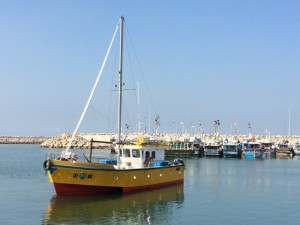
Long line fishing is an alternative for less destructive fishing compared to nets. The RSW allows rapid chill-down and storage of the catch in refrigerated Sea Water. It is an effective and cost-saving method of preserving the catch until landing ashore / further processing on board.
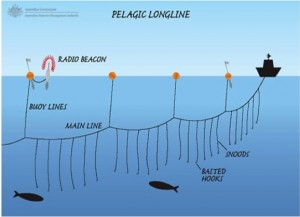
After long testing periods at sea by local fishermen, the trimaran Sashimi MK1 designed by All Seas Australia was finally selected for further development and for commercial operation.
The Nedsom Foundation ordered the first vessel, “Rainbow 1” which sailed from Sri Lanka to Somalia early 2013. The 3 hulls ensure stability and therefore security for the crew at high sea. On the way back, the trimaran “Rainbow 1” survived 2 cyclones in the Arabian Sea, which proved the robustness of the construction.
BAFF works in collaboration with Sabrosa-Rain for the construction of an extended version of the trimaran Sashimi, the certification from Bureau Veritas and an Integration of jute components (cabin,…).
BAFF’s objective is to spread this innovative boat concept internationally.
Green boats
Beside the Sashimi project, the Building A Future Foundation took the initiative to retrofit several existing fishing boats of 19 feet (5,7 m) and 28 feet (8,5 m) widely available in Sri Lanka by fixing a mast and sails on it in view of reducing the fuel consumption. The hull of the 19 feet boats were slightly modified to insure the stability of the boat. This double propulsion mono hull boat is designed for one day coastal fishing with lines or nets fishing methods. Fuel reduction of about 20% is possible with the presence of sails.
